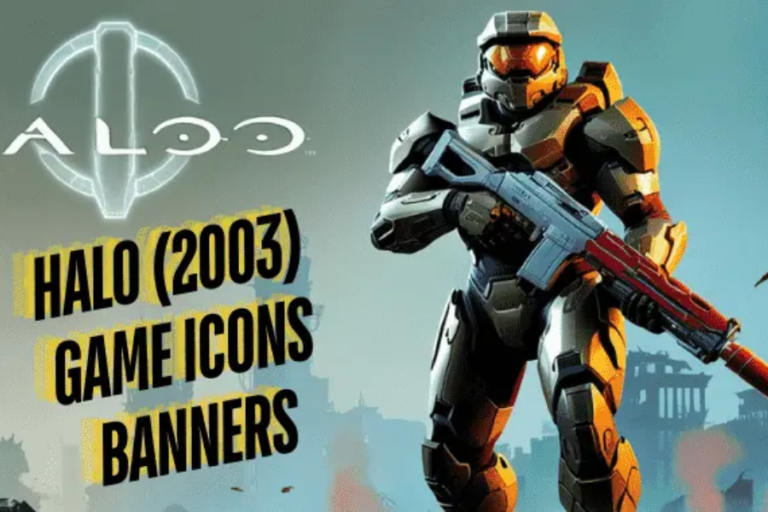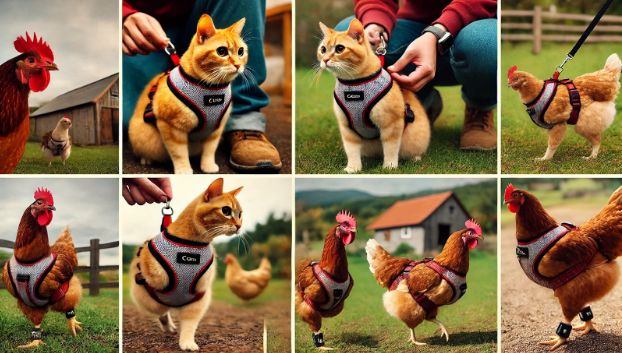
halo (2003) game icons banners
Have you ever wondered why certain game banners stick with us long after we’ve stopped playing? Halo: Combat Evolved (2003) not only revolutionized first-person shooters but also left a lasting impression with its iconic game icons and banners. Whether you were halo (2003) game icons banners diving into the intense action or simply halo (2003) game icons banners admiring the game’s branding, these visual elements played a significant role in shaping the Halo experience. But what exactly made them so unforgettable?
The Importance of Game Banners in Gaming Culture
When we think about Halo, our minds may immediately jump to Master Chief, the Covenant, or those thrilling multiplayer matches. However, the banners and icons of the game are also integral to its success. Game banners act as a first impression for players, giving them a glimpse of halo (2003) game icons banners the adventure they’re about to embark on. In Halo’s case, the imagery helped to build anticipation and set the tone for the futuristic, action-packed world.
As players scrolled through their game libraries or walked past store displays, these banners stood out. But why? The answer lies in their design, color scheme, and symbolism. halo (2003) game icons banners All these factors worked together to create something that wasn’t just visually appealing but also resonated with the themes of the game.
Simple Yet Powerful: The Halo Logo
One of the most notable elements of Halo’s branding was its logo, often found prominently on game banners. The sleek, metallic lettering of the word “HALO” against a dark, celestial backdrop perfectly captured the game’s balance between high-tech warfare and the mystique of halo (2003) game icons banners space exploration. It’s a design that, while simple, communicates volumes about the kind of experience players were in for.
The use of metallic textures and glowing highlights gave the logo a futuristic feel, while the deep blue and black tones hinted at the vast unknowns of space. It was a halo (2003) game icons banners masterful blend of minimalism and meaning, proving that sometimes less really is more.
The Visual Storytelling in Halo Banners
Halo’s game banners didn’t just show off cool characters or fancy weapons; they told a story. Every banner for Halo: Combat Evolved presented a scene that hinted at the epic battles and emotional depth that lay ahead. For example, the iconic image of Master Chief standing halo (2003) game icons banners on a war-torn landscape, gazing into the distance, is more than just a cool picture. It suggests themes of loneliness, determination, and the weight of responsibility—all of which play a significant role in the game’s narrative.
This kind of visual storytelling isn’t just about creating something pretty to look at. It’s about engaging the player on an emotional level before they even pick up the controller. halo (2003) game icons banners When you saw one of these banners, you weren’t just looking at an advertisement—you were catching a glimpse of the world you were about to step into.

The Role of Color and Contrast in Halo Icons
Another key element that made the Halo banners and icons so effective was their use of color. The stark contrasts between light and dark, with bright blues and greens cutting through deep blacks, gave the banners a dramatic, almost cinematic quality. These colors weren’t just chosen at halo (2003) game icons banners random; they were designed to evoke specific feelings.
The blues and greens suggested a cold, alien world, while the darker tones hinted at danger and mystery. This combination of colors not only caught the eye but also reinforced the halo (2003) game icons banners game’s themes of exploration, conflict, and survival. Whether you were a seasoned gamer or a newcomer, these visuals immediately made it clear that Halo was a game unlike any other.
The Iconography of Master Chief
Of course, no discussion about Halo’s banners and icons would be complete without talking about the game’s protagonist: Master Chief. The character’s image became synonymous halo (2003) game icons banners with the game, and for good reason. Every time you saw his helmet, you knew you were in for an adventure.
The decision to feature Master Chief prominently on most banners was a smart one. Not only did his imposing figure represent the game’s intense combat, but it also helped to establish him as a symbol of the Halo series. Over time, seeing his iconic armor became a shorthand for everything Halo represented: courage, strength, and the fight against impossible odds.
How Halo Set the Standard for Future Game Banners
Before Halo, many game banners were little more than generic images of the main character or a flashy title. But Halo showed the industry that these visual elements could be so much more. By combining powerful imagery with strong storytelling, the developers behind Halo created banners that halo (2003) game icons banners didn’t just look good—they added to the overall experience of the game.
This approach has since become a gold standard in the gaming industry. Look at any modern AAA game today, and you’ll see echoes of Halo’s influence. Developers now understand that a well-crafted banner or icon can help to build hype, establish a brand, and, most importantly, deepen a player’s connection to the game.
Evolution of Halo’s Iconography in Later Releases
While Halo: Combat Evolved set the stage, the banners and icons for later games in the series continued to evolve. As the story became more complex and the stakes grew higher, so too did the visual design. The banners for Halo 2 and Halo 3 introduced even more dynamic poses, larger set pieces, and a greater sense of urgency.
Despite these changes, the core elements remained the same. Master Chief was still front and center, the color schemes still leaned heavily on blues, greens, and blacks, and halo (2003) game icons banner the sense of vastness and isolation remained intact. halo (2003) game icons banner This consistency helped to create a halo (2003) game icons banner strong visual identity for the Halo series, one that fans could instantly recognize.
Why These Banners Resonate with Fans
It’s been over two decades since Halo: Combat Evolved was released, yet the banners and icons from that era continue to resonate with fans. Part of this is due to nostalgia—after all, many players have fond memories of their first time exploring the Halo ring. But it’s also because these banners were crafted with care and attention to detail.
In an age where flashy graphics and over-the-top designs often take center stage, Halo’s banners stand out for their subtlety and emotional depth. They didn’t just show us halo (2003) game icons banner what the game looked like; they gave us a reason to care about what happened within it.
Wrapping Up: The Lasting Legacy of Halo’s Game Banners
So, why do Halo (2003)’s game icons and banners continue to leave a lasting impression? It’s because they weren’t just marketing tools—they were works of art. They told a story, evoked emotions, and captured the essence of the game in a single image. Whether you’re a long-time fan or someone who’s just now discovering the series, it’s impossible not to appreciate the craftsmanship that went into these iconic visuals.
The next time you see a Halo banner, take a moment to look at it. halo (2003) game icons banner What does it make you feel? How does it connect to the game’s themes? You might just find that there’s more going on than meets the eye.







